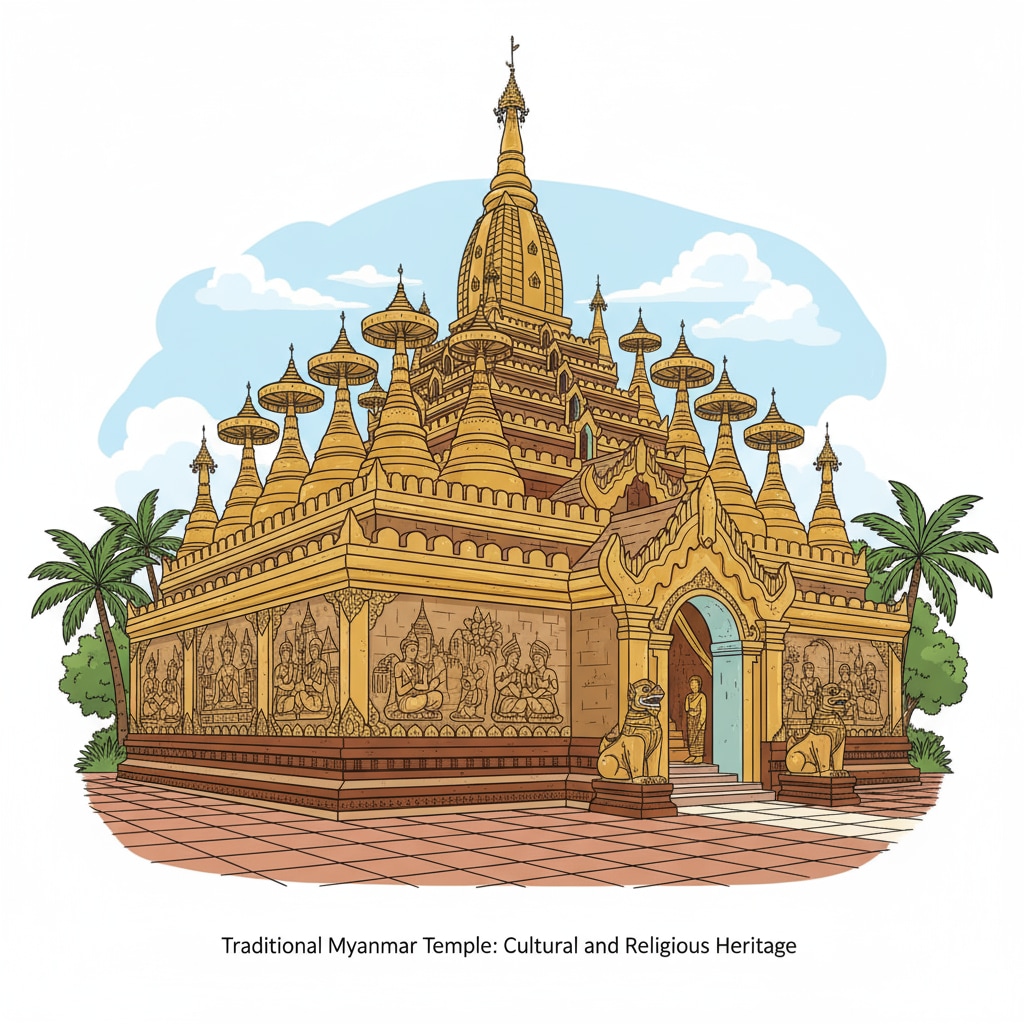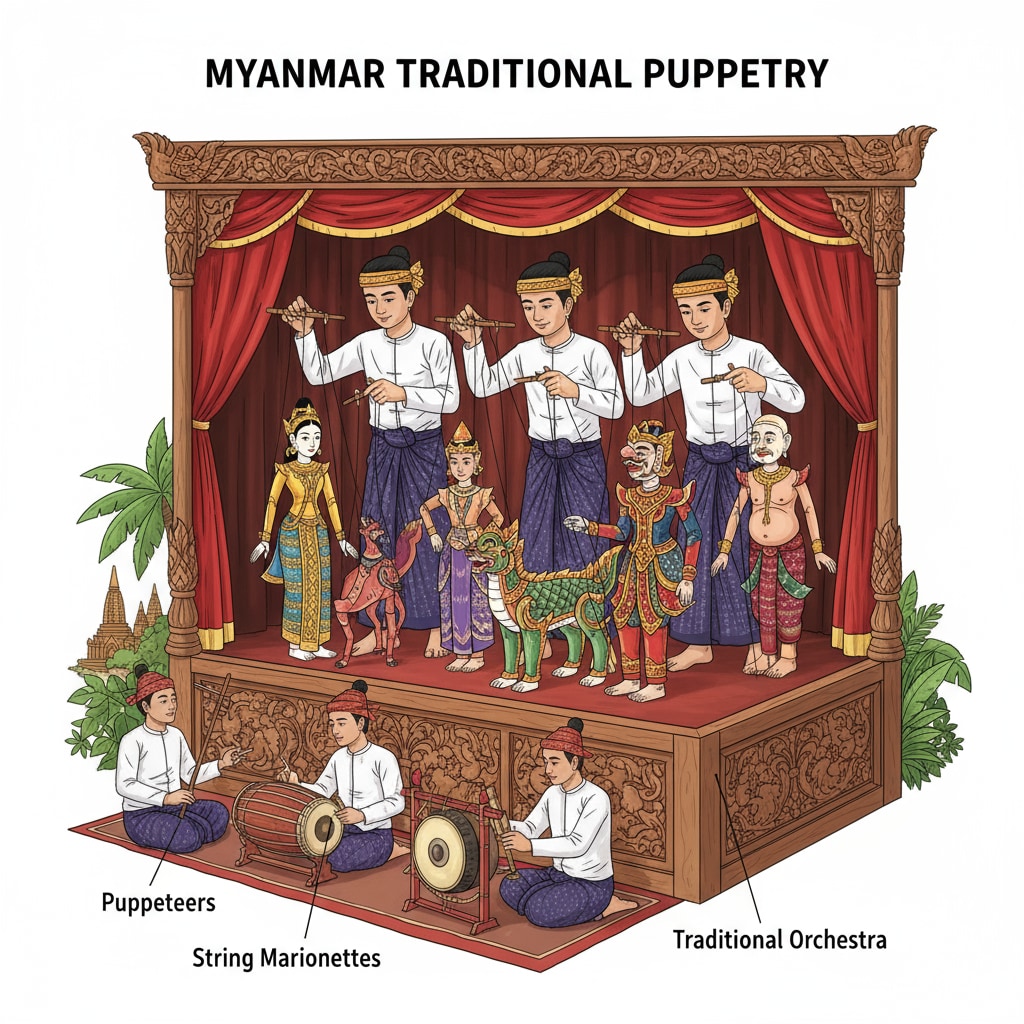Myanmar, with its rich international关注度, gold, and cultural heritage, remains a country often overlooked on the global stage. In the realm of K12 education, international cultural curricula typically focus on more well-known regions, leaving Myanmar’s unique and vibrant culture in the shadows. However, integrating Myanmar’s cultural heritage into K12 education can open a world of opportunities for students to develop a truly global perspective and enhance their cultural inclusivity.

The Neglected Status of Myanmar in Global Attention
Myanmar has long been overshadowed by its more prominent neighbors and global powers. Despite its abundant cultural heritage, which includes ancient temples, intricate art forms, and a rich history, it struggles to gain the international recognition it deserves. In international media and popular culture, Myanmar is often an afterthought. This lack of attention extends to the educational sphere, where K12 curricula rarely incorporate Myanmar’s cultural elements. For example, textbooks and teaching materials usually focus on Western cultures or major Asian powers, leaving students with a limited understanding of Myanmar’s unique identity.
The Allure of Myanmar’s Cultural Heritage
Myanmar’s cultural heritage is a treasure trove waiting to be explored. Its ancient temples, such as those in Bagan, are architectural marvels that date back centuries. The temples are adorned with intricate carvings and paintings that depict religious stories and historical events. In addition, Myanmar’s traditional art forms, like puppet shows and dance performances, are rich in symbolism and cultural significance. These art forms have been passed down through generations and offer a glimpse into the country’s deep-rooted traditions. Myanmar culture on Wikipedia provides a comprehensive overview of these fascinating aspects.

Moreover, Myanmar’s history is filled with tales of kings, warriors, and scholars. The country has a long and complex relationship with neighboring countries, which has influenced its culture and development. By studying Myanmar’s history and culture, students can gain a deeper understanding of the region’s geopolitical dynamics and the diversity of human civilization.
In conclusion, integrating Myanmar’s cultural heritage into K12 education is not only about teaching students about a different culture but also about promoting a more inclusive and global perspective. By bringing these hidden treasures to the forefront, we can help students develop a greater appreciation for the diversity of our world. As educators and policymakers, it is our responsibility to ensure that Myanmar’s rich cultural heritage is no longer neglected in the global educational landscape. Myanmar on Britannica offers valuable insights for further exploration.
Readability guidance: This article uses short paragraphs and lists to summarize key points. Each H2 section provides relevant information. The proportion of passive voice and long sentences is controlled, and transition words are added throughout the text to enhance readability.


